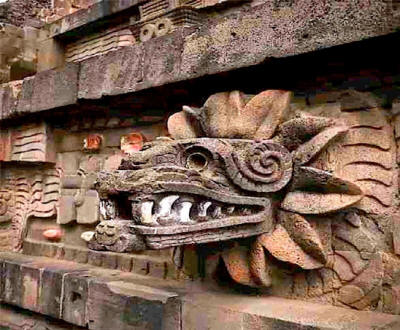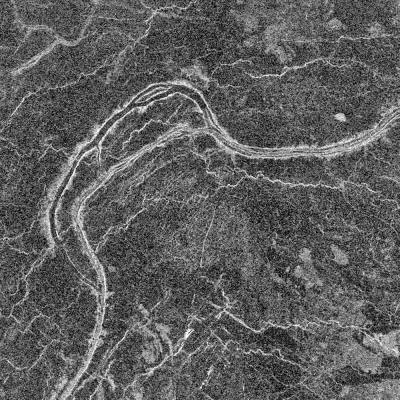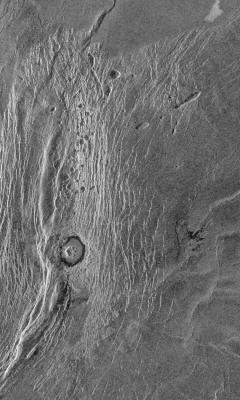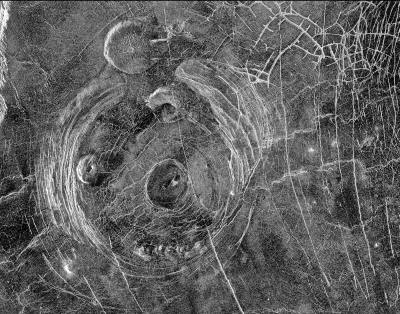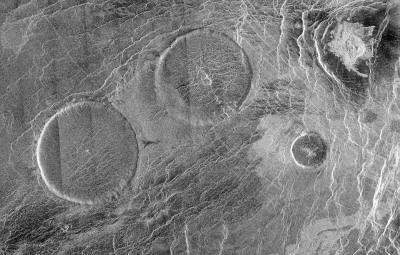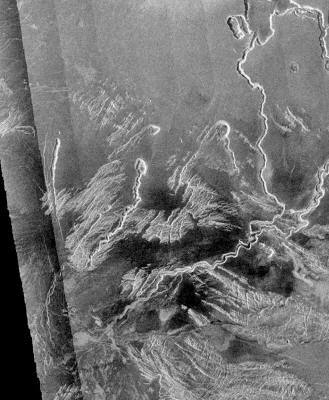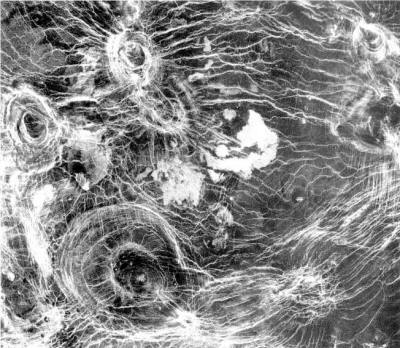|
November 1, 2011 from Thunderbolts Website
An image of the Aztec (Nahuatl) deity, Quetzalcoatl another version of Venus.
Sculpture from the Temple of Quetzalcoatl at Teotihuacan
city.
Venus has been known by several names
across the ages, invoking both passion and terror.
Venus (above video) has been the inspiration for extreme human emotions in the past.
Mythological tales from all over the world describe the planet
Venus as a goddess, possessing both a beautiful and a terrifying
aspect. Venus has been called “creator” and “destroyer” over the
ages, leading several Electric Universe
associates to books
and videos about the influences it has had on past civilizations.
At some point in the recent past, Venus, Earth, Mars, and probably most other rocky bodies, experienced an increase in their electric fields, as well as in their magnetospheres.
Many of them either extended plasma tails of such
length and strength that they engulfed other planets and moons, or
they entered unstable orbits that brought them into dangerous
proximity to each other. Perhaps both situations existed. image 1
image 2
Venus exhibits many signs (image 1) of that recent catastrophe:
image 3
Image 4
In past Picture of the Day articles, various features that are common to electric discharge events were itemized:
All of those structures are seen on
Venus.
For example, highly energetic discharges
will leave deeply entrenched formations (image 5), as well as
swirling structures called “arachnoids” that bear a resemblance to
“spiders” (image 6) found on Mars, but are far larger and more
pronounced. image 5
image 6
Realizing that all the planets and moons
we have explored are probably marked by catastrophic events from a
recent past will guide our research toward a more appropriate
understanding of why they exhibit such conventionally odd
morphology.
|

